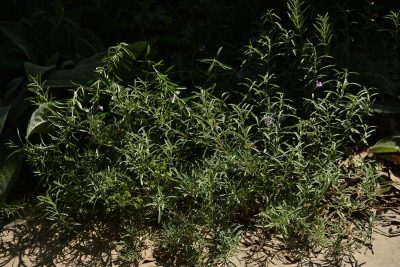Are organic pesticides safe?
Although “pesticide” might conjure up chemical-focused insect killers, often people are less apprehensive about organic products. It’s vitally important to understand that any pesticide can kill indiscriminately.
The word “organic” lulls many people into a sense of complacency. But a fact that most people don’t realize is that organic pesticides are quite often more toxic than their synthetic counterparts. For example, rotenone, an acutely toxic pesticide, is derived from the roots of certain plants in the Leguminosaea, or bean family, so it is an organic product.
Neem oil is another example of an organic product that can be highly toxic if used improperly.
These organic pesticides definitely have their place in our anti-pest arsenal, but they should still be used judiciously and carefully, perhaps even more so than many synthetic products. When confronting garden pests, most commonly insects, first, be aware.
Perhaps your cilantro has bolted and is now covered in aphids. You may be tempted to spray it with pesticide to keep those aphids from moving onto your other plants. Or maybe, more eco-consciously, you think about simply removing and tossing the whole thing.
But before you do anything, check to see if there are any beneficial ladybugs present. Usually, aphid populations don’t hop from one plant to another indiscriminately, so there’s little to worry about there.
AND usually, a high population of aphids in the late spring, when cilantro is bolting, serves as prime feeding grounds for ladybugs and their larvae. You might even refer to a clump of aphid-infested plants as a ladybug nursery.
So before you act, check the situation closely, and doing nothing at all.
Another important thing to point out is that many pesticides are what are known as broad-spectrum, meaning that they kill many different insects, not just your particular target pest. Products may also drift in even the slightest wind, potentially wreaking havoc in your pond or a nearby stream. Fish, bees, butterflies, and birds are particularly susceptible to accidental drift of pesticides. So please, be very careful and consider just letting nature take its course.

 Claudia Hubenthal
Claudia Hubenthal Steve Kainer
Steve Kainer Daphne Richards
Daphne Richards
 Trisha Shirey
Trisha Shirey Palate Pleasing Popsicles for Summer Fun
Palate Pleasing Popsicles for Summer Fun